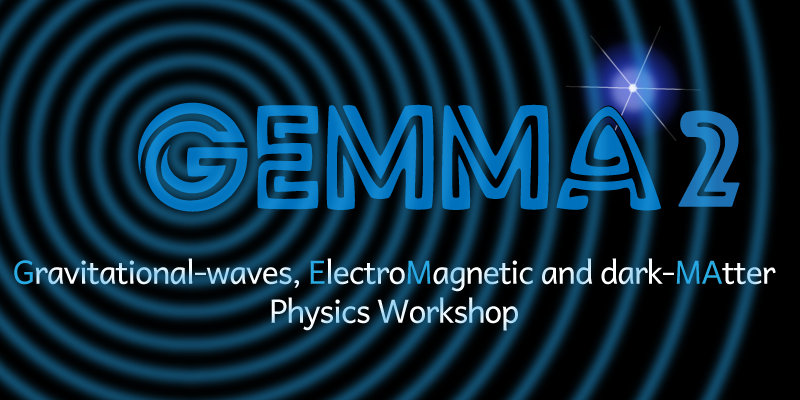Description
Frequency-Dependent Squeezing (FDS) represents an effective way to reduce Quantum Noise in ground-based GW detectors, along the whole detection band. Although FDS affects the entire bandwidth, its best performance lies in the high frequency end (>200 Hz), as already found experimentally. Hence, the signal-to-noise ratio can be increased for detection of sources such as BNS systems and CWs from spinning neutron stars, the latter for future generation detectors. FDS of course contributes to improve the sky localization as well, and to make an electro-magnetic follow-up more feasible.
In view of the current scientific run O4, gravitational-wave detectors have built and commissioned a 300m-long Filter Cavity (FC) coupled to the main interferometer, for implementing FDS. This has required additional infrastructural work and maintenance, and it inevitably adds optical losses (e.g. the round-trip losses in the FC of Virgo equal ~50-90 ppm). Km-long FCs will be needed in 3rd generation detectors, in order to meet the requirements set for their unprecedented sensitivity.
The necessity to overcome the present cavity-based scheme to produce FDS, for the reasons outlined above, brought to alternative proposals. One of them is the Einstein-Podolsky-Rosen (EPR) conditional squeezing, illustrated in this contribution. The experimental demonstration of this effect in frequency bands suited for GW detection is the objective of the table-top optical setup we present here. The core working principle of the scheme is based upon the generation of two-mode squeezing, whose beams are quantum-entangled according to the EPR relations. As a parallel effort, simulations are required to realistically assess the sensitivity improvement brought by the EPR scheme in GW detectors, comparing it with the FC performances.

